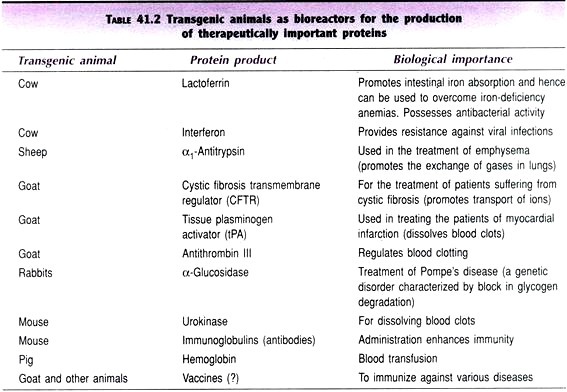ADVERTISEMENTS:
Some of the major steps of DNA transcription are as follows:
(i) RNA Polymerase binds to DNA (ii) Elongation of DNA takes place (iii) Termination of DNA takes place.
A process that involves the transcribing of genetic information from DNA to RNA is DNA transcription. Colored image 4.9 explains DNA transcription. Protein is produced by the transcribed DNA message.
ADVERTISEMENTS:
DNA controls cellular activity by coding for the production of enzymes and proteins. The information contained in DNA is not directly converted into proteins. First it be copied into RNA. This ensures that the information contained within the DNA does not become tainted.
DNA is comprised of four nucleotide bases namely adenine (A), guanine (G), cytosine (C) and thymine (T) which are paired together that is A-T and C- G. This is to give DNA its double helical shape.
The process of DNA transcription has three main steps:
(i) RNA Polymerase binds to DNA:
ADVERTISEMENTS:
DNA is transcribed by an enzyme known RNA polymerase. Specific nucleotide sequences inform RNA polymerase where to begin and where to end. At a specific area called the promoter region, RNA polymerase attaches to the DNA.
(ii) Elongation of DNA takes place:
Some proteins known as transcription factors unwind the DNA strand and allow RNA polymerase to transcribe only a single strand of DNA into a single stranded RNA polymer known as messenger RNA (mRNA). The strand that serves as the template is called the antisense strand.
Not transcribed strand is known as the sense strand. RNA like DNA, is composed of nucleotide bases. The nucleotides adenine, guanine, cytosine and uricil (U) is containing RNA. It RNA polymerase transcribes the DNA, guanine pairs with cytosine and adenine pairs with uricil.
(iii) Termination of DNA takes place:
RNA polymerase keeps on moving along the DNA until it reaches a terminator sequence. RNA polymerase releases the mRNA polymer at that point. This detachment from the DNA.
